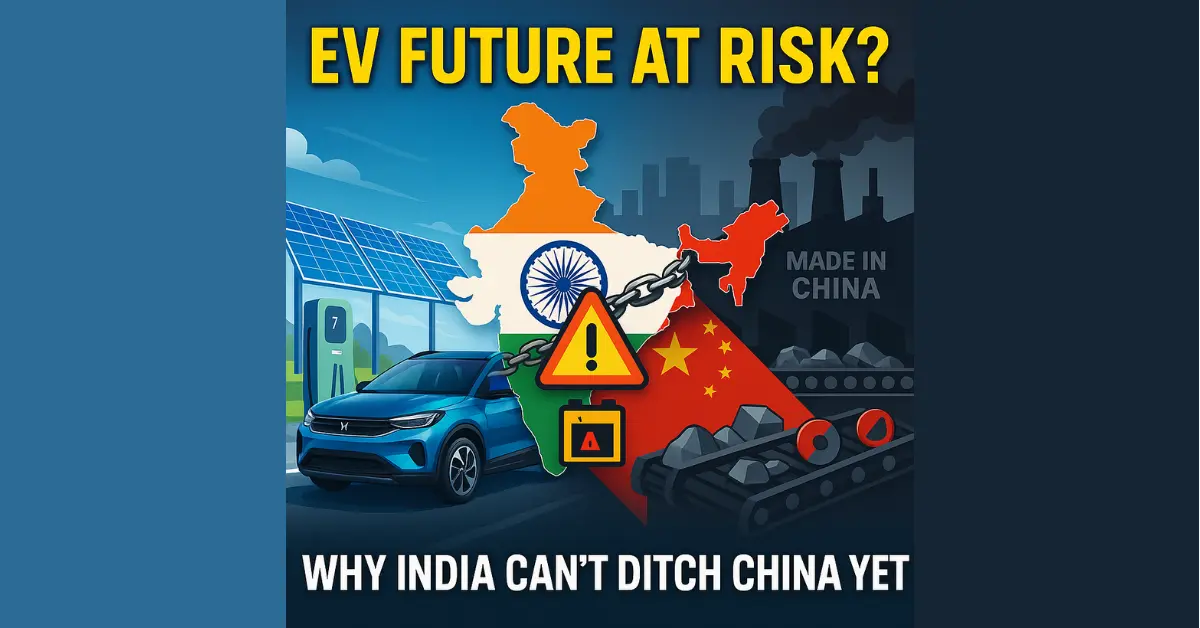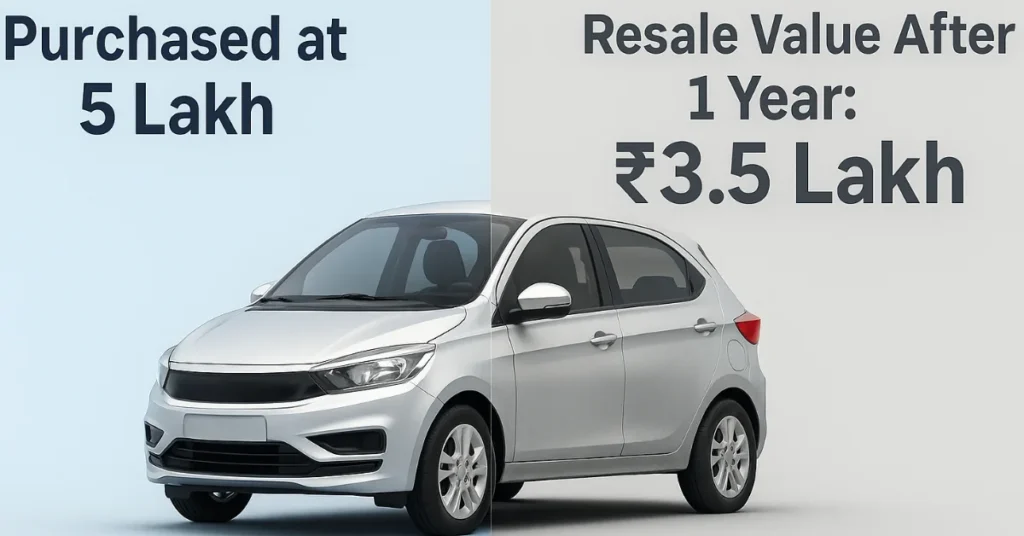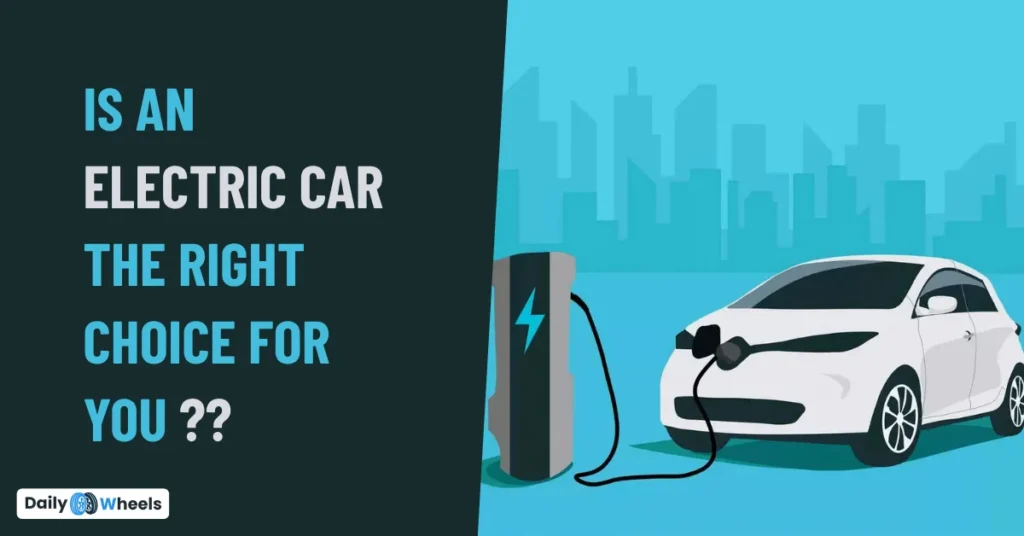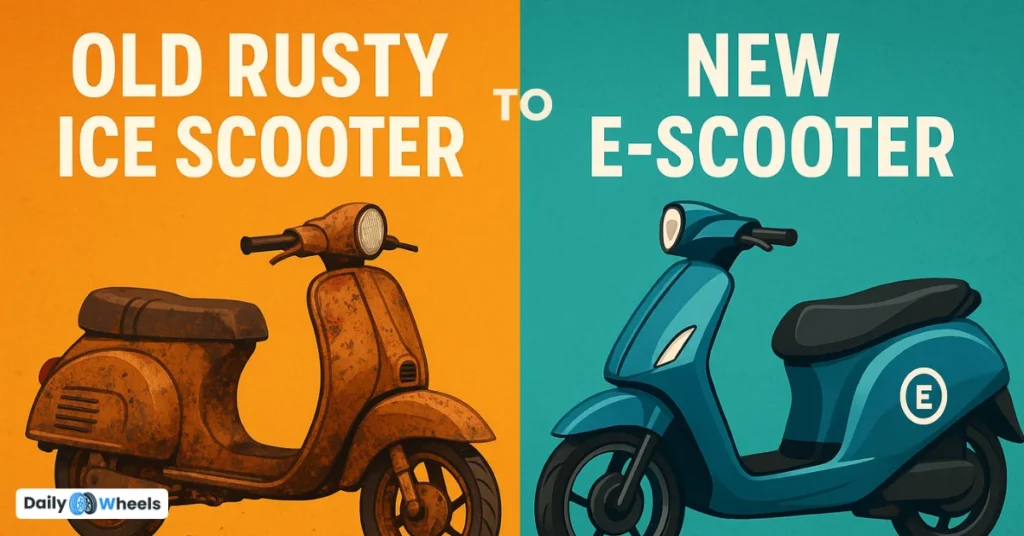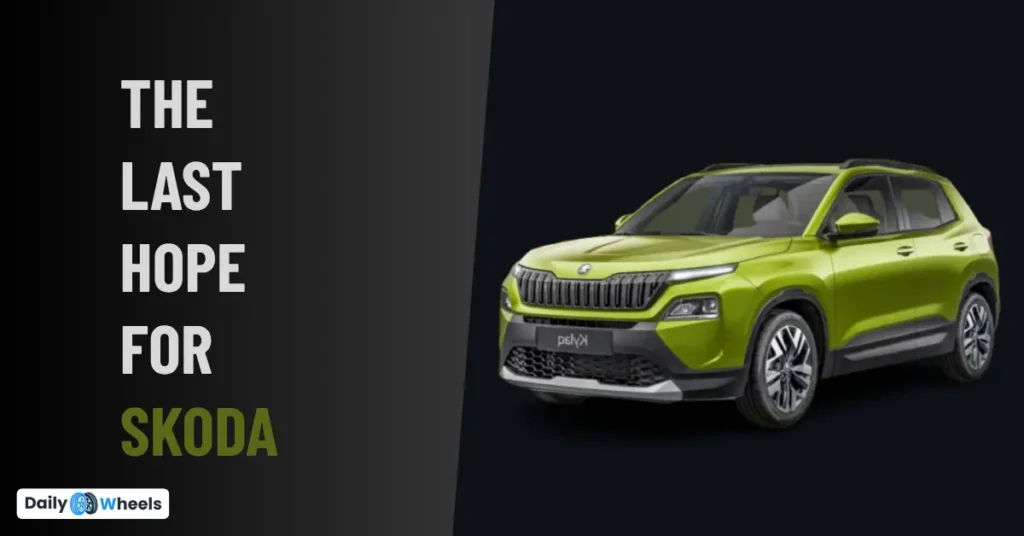In 2016, India’s then Power Minister stated a bold vision: to transition the country to 100% electric vehicle (EV) usage by 2030. Fast forward to 2025, the outlook has shifted. India’s current target is now to reach 30% EV adoption in cars and up to 80% in two-wheelers by 2030. This change has sparked discussions on why India scaled down its initial ambitions.
Infrastructure Challenges – But Not the Main Roadblock
It’s true that EV infrastructure in India, particularly charging stations, is still developing. However, this isn’t the main reason for the change in strategy. Many countries are gradually building charging networks, and India is doing the same. The more pressing issue lies in global supply chains—particularly, raw material sourcing and refining, most of which are currently dominated by China.
Dependence on Critical Materials
Most EVs rely heavily on components like lithium-ion batteries and permanent magnet motors, which require rare earth elements such as neodymium and praseodymium. While these elements are found in multiple countries, the refining and magnet manufacturing process is almost entirely controlled by China, which produces over 90% of the world’s permanent magnets used in electric motors.
Even when rare earth elements are mined in other countries, China remains the dominant processor and exporter of the final refined materials. This monopoly has created significant supply chain risks for countries like India, which imports the majority of these components from China.
Environmental and Geopolitical Factors
Refining rare earth elements is a complex and environmentally hazardous process. It generates toxic and even radioactive waste, which poses long-term risks to ecosystems and public health. Past incidents in the USA and Malaysia highlight the challenges associated with managing such waste. Many developed nations have therefore scaled back their refining operations for safety and environmental reasons.
China, however, has continued refining operations, allowing it to dominate this critical supply chain. This puts importing countries in a difficult position—either invest in risky refining infrastructure themselves or remain reliant on China.
Read Also:- Why Are EV Resale Prices Dropping Worldwide?
What This Means for India’s EV Push
India’s EV industry is closely tied to Chinese imports, especially for key components. Temporary export restrictions from China in recent years have exposed vulnerabilities in India’s supply chain. Industry experts have warned that such disruptions could slow down or even temporarily halt EV production in India, affecting both local and international manufacturers operating in the country.
In addition, over-reliance on a single country for critical technology raises strategic and geopolitical concerns, particularly given recent border and trade tensions.
Exploring Alternatives
To reduce dependency, some automakers are experimenting with Electrically Excited Synchronous Motors (EESM), which do not require rare earth elements. Brands like BMW and Mercedes-Benz have started adopting this technology in select models. Although these motors are slightly less efficient than permanent magnet motors, they offer a long-term solution to material dependency.
This shift requires investment in research and development, but if more manufacturers adopt EESM or similar technologies, it could significantly reduce the need for rare earth imports.
Clean Energy and Broader Pollution Control
Electric vehicles are often promoted as a solution to urban air pollution. However, EVs alone cannot solve the problem. Cities like Beijing were once among the most polluted in the world but saw dramatic improvements by reducing coal-based power, tightening industrial emission norms, and enforcing strict pollution control measures across sectors.
In India, EV promotion is happening alongside new emission norms and efforts to modernize public transport. However, other pollution sources such as factory emissions and agricultural stubble burning continue to contribute heavily to poor air quality, especially in northern India.
Moving Forward
While India may not reach 100% EV adoption by 2030, it is still making steady progress. Two-wheeler and three-wheeler electrification is accelerating, and major domestic automakers like Tata and Mahindra are investing heavily in the sector. The government is also exploring domestic mining and refining options, though these come with environmental and safety concerns.
To strengthen its EV future, India could:
- Invest cautiously in rare earth processing with strong environmental safeguards.
- Promote alternative motor technologies to reduce dependence on rare earths.
- Continue building nationwide EV infrastructure.
- Expand clean energy generation to support greener transportation.
Final Thoughts
India’s evolving EV strategy reflects a realistic approach to balancing technological progress, economic stability, environmental responsibility, and geopolitical awareness. The road ahead may not be 100% electric by 2030, but it is still moving forward — with caution, strategy, and growing public and private sector participation.
